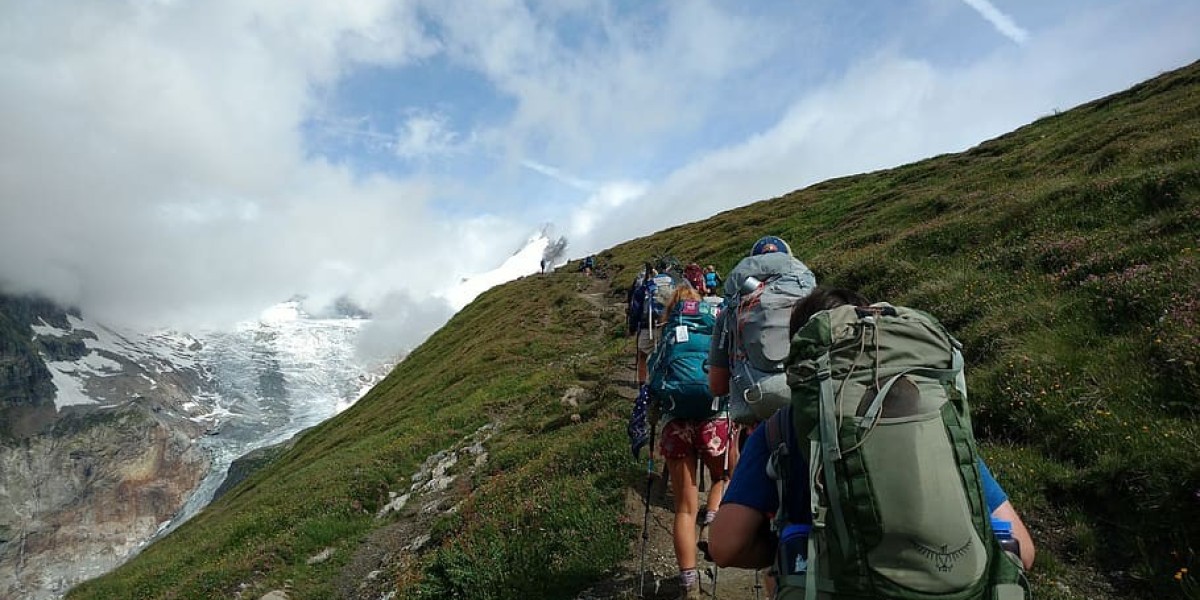Here's an ultimate guide for a trek to Kudremukh (alone):
1. Research and Planning:
- Gather information about the Kudremukh trek, including the route, distance, difficulty level, and estimated time required.
- Study the trail map, understand the landmarks, and identify potential camping spots or rest areas.
- Check weather conditions and select a suitable time for the trek.
2. Physical Fitness:
- Assess your physical fitness and ensure you are prepared for the trek.
- Engage in regular exercise and stamina-building activities to improve your endurance.
3. Navigation and Maps:
- Carry a detailed map of the trekking trail and study it thoroughly.
- Use a GPS device or a trekking app on your phone to aid in navigation.
- Familiarize yourself with the trail markers or any specific directions for the Kudremukh trek.
4. Trekking Gear and Essentials:
- Trekking Shoes: Invest in a sturdy and comfortable pair of trekking shoes with good grip.
- Clothing: Wear lightweight and moisture-wicking clothing suitable for trekking. Carry extra layers for varying weather conditions.
- Backpack: Pack a backpack with sufficient capacity to carry your essentials.
- Water and Food: Carry an adequate supply of water and lightweight, high-energy snacks.
- First-Aid Kit: Pack a basic first-aid kit with necessary medications, bandages, and other essentials.
- Safety Equipment: Carry a headlamp/flashlight, a whistle, a multipurpose tool, and a lightweight raincoat.
- Communication: Carry a fully charged mobile phone and a power bank for emergencies.
5. Permits and Permissions:
- Check if any permits or permissions are required for the Kudremukh trek.
- Visit the local forest department or authorities to obtain the necessary permits or to inform them about your trekking plans.
6. Safety Measures:
- Inform someone about your trekking plans, including the expected duration and the route you plan to take.
- Carry a detailed itinerary and share it with a trusted person.
- Stay updated on weather conditions and avoid trekking during unfavorable or unsafe conditions.
- Follow basic safety guidelines, such as staying on the marked trail, avoiding shortcuts, and being cautious on steep or slippery sections.
7. Camping and Accommodation:
- If you plan to camp, carry suitable camping gear, including a tent, sleeping bag, and camping stove.
- Choose a safe and designated camping spot, preferably near water sources.
- If you prefer accommodation, check for guesthouses or homestays available in the nearby villages.
8. Water Sources and Filtration:
- Identify water sources along the trail in advance and plan accordingly.
- Carry a water filtration system or water purification tablets to ensure a safe drinking water supply.
9. Leave No Trace:
- Practice responsible trekking by adhering to the principles of Leave No Trace.
- Carry back all your trash and avoid littering. Leave the natural environment as you found it.
10. Emergency Preparedness:
- Carry emergency contact numbers, including local authorities and medical services.
- Learn basic first aid techniques and carry a guidebook or reference material.
- Be prepared for emergencies by having a contingency plan and knowing evacuation routes if necessary.
11. Trust Your Instincts:
- Listen to your instincts and assess the situation carefully.
- If you encounter any unsafe conditions or feel uncomfortable, prioritize your safety and make decisions accordingly.
12. Acclimatization:
- If you are traveling from a significantly lower altitude, allow yourself time to acclimatize before starting the trek.
- Gradually ascend to higher altitudes to minimize the risk of altitude sickness.
13. Trekking Permits and Regulations:
- Obtain information about any specific trekking permits or regulations that may be in place for Kudremukh.
- Ensure you adhere to any guidelines or restrictions set by the local authorities or forest department.
14. Wildlife Awareness:
- Kudremukh is home to various wildlife species. Be respectful of their habitat and maintain a safe distance.
- Familiarize yourself with any potential encounters with animals and know how to react in such situations.
15. Trekking Alone vs. Joining a Group:
- Assess the advantages and challenges of trekking alone versus joining a trekking group.
- While trekking alone offers independence, it also means taking full responsibility for your safety and well-being.
16. Communication and Emergency Signals:
- Carry a whistle or signaling device to attract attention in case of emergencies.
- Learn basic emergency signals and communication methods to convey distress or seek help if needed.
17. Weather Updates:
- Stay updated on weather forecasts before and during the trek.
- Be prepared for sudden changes in weather conditions and adjust your plans accordingly.
18. Respect Local Culture and Communities:
- Interact respectfully with the local communities you encounter during the trek.
- Be mindful of their customs, traditions, and cultural practices.
19. Trekking Solo vs. Informing Locals:
- While trekking alone, it's advisable to inform locals or your accommodation providers about your trekking plans.
- Share your expected return time and seek advice or information about any recent trail conditions or potential hazards.
20. Personal Safety Measures:
- Carry personal safety items such as a whistle, a personal alarm, or a pepper spray for added security.
- Trust your instincts and be cautious when interacting with strangers along the trail.
21. Environmental Considerations:
- Minimize your impact on the environment by avoiding unnecessary noise, disturbing wildlife, or damaging vegetation.
Remember, trekking alone carries certain risks, and it's important to be well-prepared and exercise








